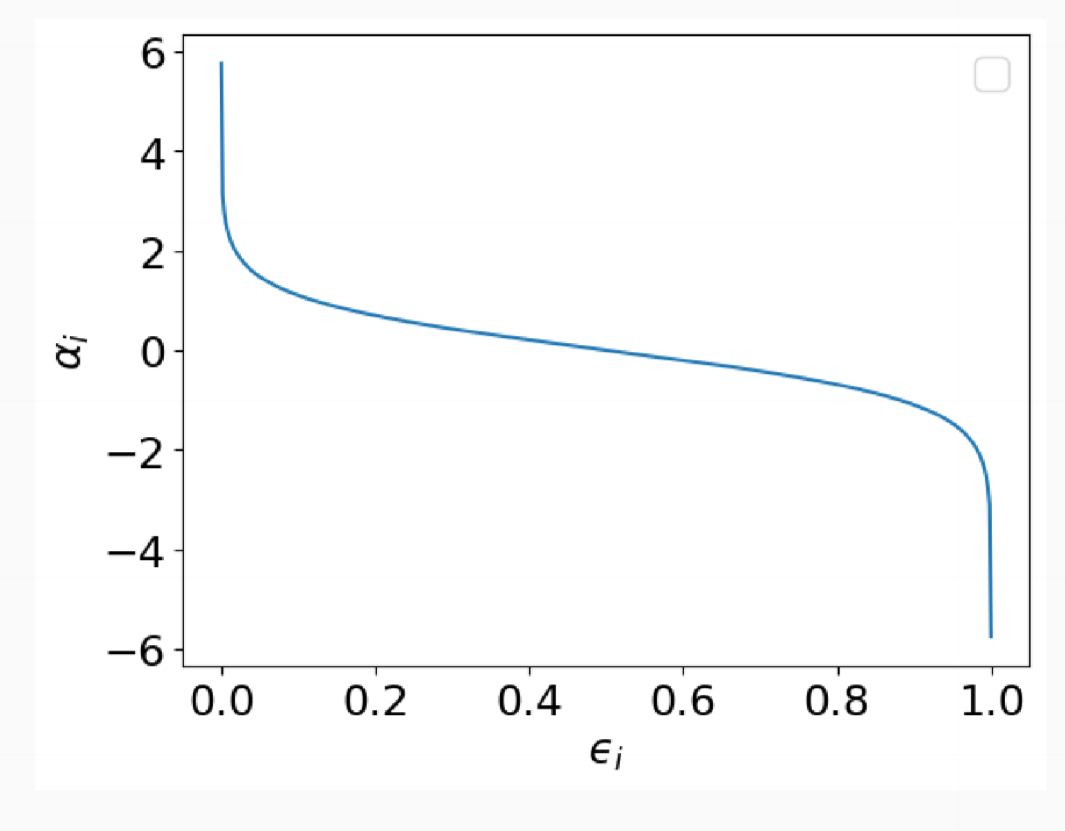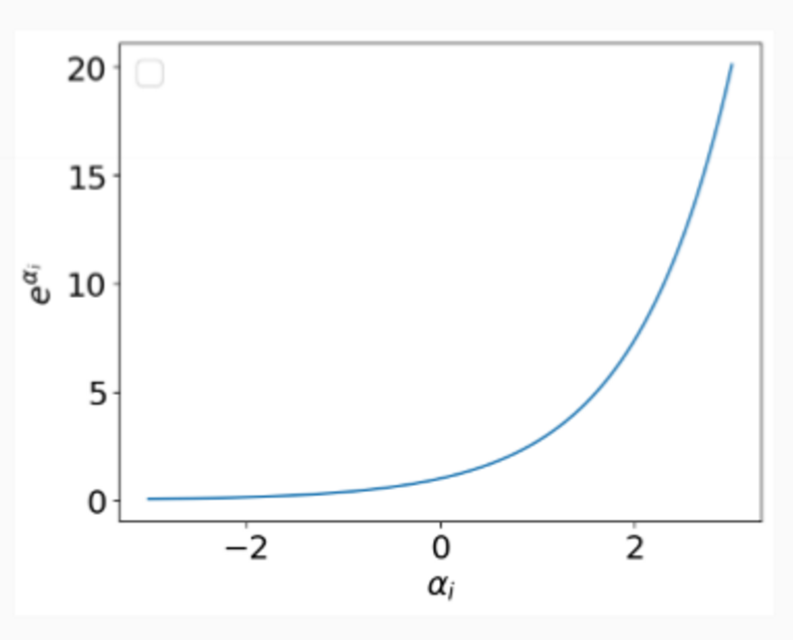Machine Learning
Ensemble Methods
Manipulation approaches for Ensemble Learning
- instance
- feature
- algorithm
- class label
Ensemble Methods
- stacking
- bagging
- random forest
- boosting
- AdaBoost
Stacking
- idea: smooths errors over range of algorithms with different biases
Simple voting
- generate multiple training datasets through different feature subsets
- train base classifier over each dataset
- presupposes classifiers have equal performance
Meta classification
- train a classifier over output of base classifiers
- train using nested cross validation to reduce bias
- e.g. Level 0: given training dataset $(X, y)$:
- train NN
- train NB
- train DT
- (possibly) discard $X$, and add new attributes for each instance
- prediction of classifier above
- other data as available (NB scores)
- Level 1: train meta-classifier
- usually logistic regression or neural network
Nested cross-validation
- need to prevent testing $L_1$ classifier on same data as $L_0$ classifiers trained on
- cross-validate base models on a subset of the folds
- cross-validate meta-classifier on all the folds
- Nested Cross Validation
Assessment
- mathematically simple
- computationally expensive
- can combine heterogeneous classifiers with varying performance
- generally produces $\ge$ results than best base classifier
- widely used in applied research, less interest in theoretical circles
- few guarantees, but empirically good performance
Bagging
- bootstrap aggregation
- idea: more data means better performance (lowering variance)
- how can we get more data out of a fixed training dataset?
- method: construct novel dataset through random sampling and replacement
- bootstrap: randomly sample original dataset $N$ times with replacement
- gives new dataset of same size. Probability any individual instance is absent is $\approx 37\%$ for large $N$
- construct $k$ random datasets for $k$ bae classifiers
- prediction via voting
- Random sampling with replacement: when instance selected from population at random is returned to population before next element is sampled
- each sample value is independent: what we get the second time has no dependence on what we got the first time
- cf. without replacement: you won’t get repetition of any elements; two samples aren’t independent
Assessment
- the same weak base classifier used throughout
- as bagging is aimed towards minimising variance through sampling, the algorithm should be unstable (high-variance)
- so use it with more complex models e.g. decision trees
- bagging cannot reduce bias
- simple method: sampling + voting
- can parallelise computation of individual base classifiers
- highly effective over noisy datasets: outliers may vanish
- performance generally significantly better than base classifiers, but occasionally substantially worse
Random Forest
Random tree
- feature manipulation
- decision tree, where
- at each node, only some of possible attributes considered
- e.g. fixed proportion of all unused attributes
- attempts to control for unhelpful attributes in feature set
- faster to build than deterministic decision tree, but has higher model variance
Random forest
- bagging method
- ensemble of random trees
- each tree is built using a different bagged training dataset
- combined classification via voting
- idea: minimise overall model variance, without introducing combined model bias
- instance manipulation
- hyperparameters:
- number of trees $B$: can be tuned, e.g. 100
-
feature sub-sample size - often $(\log{ F } + 1)$
- loss of interpretability
- logic behind individual instances can be followed for individual trees
- logic of overall model is unclear
Assessment
- generally strong performer
- parallelisable
- surprisingly efficient
- robust to overfitting
- loss of interpretability
Boosting
- idea: tune base classifiers to focus on difficult instances (i.e. those hard to classify)
- approach: iteratively change the distribution and weights of training instances to reflect performance of classifier at previous iteration
- start with each training instance having uniform probably of inclusion in the sample
- over $T$ iterations, train a classifier. Update the weight of each instance according to whether it was correctly classified
- combine base classifiers via weighted voting
AdaBoost
- Adaptive Boosting
- sequential ensembling algorithm
- base classifier: $C_0$
-
training instances: ${(x_j, y_j) j=1,…,N}$ - initial instance weights: $w_j^0 = \frac{1}{N}$
- in iteration $i$:
- construct classifier $C_i$
- compute error rate $\epsilon_i$ \(\epsilon_i = \sum_{j=1}^N w_j^i\delta(C_i(x_j)\not = y_j)\)
- use $\epsilon_i$ to compute classifier weight $\alpha_i$ - importance of classifier $C_i$
- low error means high classifier weight
- use $\alpha_i$ to update instance weights
- add weighted $C_i$ to ensemble
Output: weighted set of base classifiers: ${(\alpha_1, C_1), …, (\alpha_T, C_T)}$
Computing $\alpha$
-
importance of $C_i$, the weight associated with $C_i$’s vote \(\alpha_i = \frac{1}{2}\ln{\frac{1-\epsilon_i}{\epsilon_i}}\)
-
this is derived via minimisation of error

- when error is low, $\alpha$ is high
- random classifier has $\epsilon = 0.5$, so if error is greater than this ($\alpha < 0$), re-initialise
Updating $w$
-
weights for instance $j$ at iteration $i+1$
-
if $C_i(x_i) = y_i$, correct prediction, so decrease weight for next iteration:
- if $C_i(x_i) \not = y_i$, incorrect prediction, so increase weight for next iteration:
- $Z_i$ is a normalisation constant such that $\sum w_j = 1$

- iterate for $i = 1,…,T$
- reinitialise instance weights whenever $\epsilon_i < 0.5$
Classification
- classification by weighted vote
Assessment
- mathematically complicated, computationally cheap
- iterative sampling + weighted voting
- more expensive than bagging
- as long as each base classifier is better than random, convergence to a stronger model is guaranteed
- guaranteed performance - error bounds over training data
- decision stumps/decision trees typically used as base classifiers. Extremely popular
- has a tendency to overfit
- gradient boosting is another more recent boosting approach
Bagging vs Boosting
Bagging
- parallel sampling
- simple voting
- homogeneous base classifiers
- minimises variance
- not prone to overfitting
Boosting
- iterative sampling
- weighted voting
- homogeneous base classifiers
- minimises instance bias
- prone to overfitting